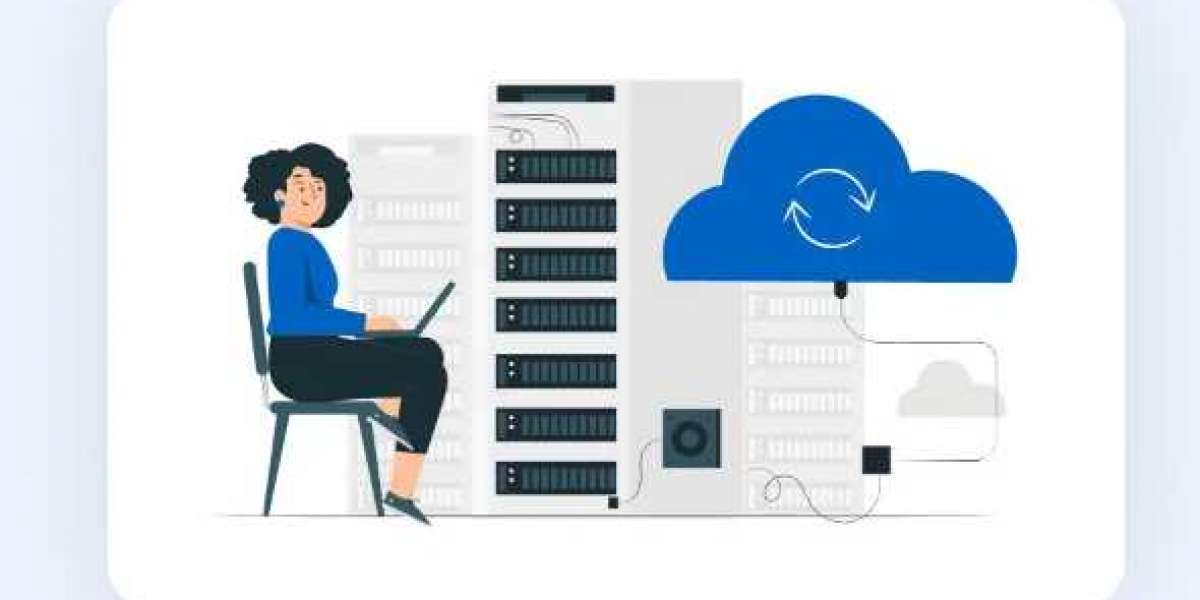In today’s rapidly evolving technological landscape, businesses must constantly adapt to remain competitive and relevant. One key aspect of this transformation is modernizing legacy applications. These are older software systems that have been integral to business operations for years but may now be outdated or inefficient. While these applications may still be functional, they often fail to meet current industry standards, leaving companies vulnerable to security breaches, scalability issues, and reduced productivity.
Legacy app modernization is the process of upgrading these older applications to meet the demands of modern users, technological advancements, and business strategies. It involves enhancing or replacing components of legacy systems, incorporating new technologies, and ensuring that the software aligns with current business needs. But why should businesses invest in legacy app modernization? This article explores the significant benefits of modernizing legacy apps and how it can future-proof your business.
1. Improved Security
One of the primary concerns of businesses using legacy systems is security. Legacy applications often run on outdated frameworks and software that have not been updated or patched in years. As cyber threats become more sophisticated, older systems can be a prime target for hackers. In fact, older systems often have known vulnerabilities that are no longer supported by vendors or the broader development community, making them highly susceptible to attacks.
By modernizing your legacy applications, you can integrate the latest security protocols, encryption technologies, and threat detection mechanisms. Newer versions of the software are built with more robust security features, ensuring that your data remains protected and compliant with the latest regulations, such as GDPR or HIPAA.
For example, a financial institution that still uses an old banking system might modernize it to comply with new cybersecurity standards, protecting both the institution and its customers from potential data breaches or cyber-attacks.
2. Increased Efficiency and Productivity
Legacy systems can be cumbersome, difficult to maintain, and often result in slow performance, leading to decreased employee productivity. These older applications are sometimes based on outdated technologies that require manual intervention or specialized knowledge to operate. This can create bottlenecks in business processes and reduce overall operational efficiency.
Modernization can help streamline processes by replacing or enhancing legacy systems with more efficient, user-friendly solutions. For instance, integrating cloud computing can provide faster access to data and eliminate the need for manual data transfers, significantly speeding up processes. Furthermore, automation tools can replace manual tasks, reducing human error and freeing up employees to focus on more value-added work.
With a modernized system, employees are more likely to experience fewer technical issues, faster load times, and a smoother workflow, which directly translates to higher productivity and better performance across the organization.
3. Scalability and Flexibility
As businesses grow and evolve, their software needs change. Legacy applications were typically built for a smaller user base or for specific workflows, which can hinder scalability as your business expands. Modern software architectures, on the other hand, are designed with scalability in mind, allowing for easy expansion to accommodate increased data volume, users, and new features.
Cloud-based solutions, microservices architecture, and containerization are all examples of technologies that can provide scalability and flexibility. With these innovations, businesses can scale their applications on-demand, adding new features, resources, and integrations without the need for significant overhauls.
Consider a retail company that starts with a small-scale eCommerce site. As the company grows and expands into new markets, they may need to scale their application to handle higher traffic volumes and offer new services, such as personalized recommendations or advanced inventory management. Modernizing their legacy system to a cloud-based solution would allow the business to grow with minimal disruption and avoid the challenges of maintaining an outdated platform.
4. Better User Experience (UX)
The user experience has become a major differentiator for businesses across industries. Today’s consumers and employees expect intuitive, seamless, and efficient digital interactions. Legacy applications often fall short in this regard due to their outdated interfaces, clunky navigation, and lack of modern features.
By modernizing legacy applications, businesses can redesign the user interface (UI) and improve the overall UX. This might involve incorporating responsive designs, mobile-friendly features, and advanced functionality that makes the application easier and more enjoyable to use. A modernized system can also offer improved accessibility, ensuring that all users, including those with disabilities, can interact with the software without issues.
For example, a healthcare provider using a legacy patient management system might modernize it with a more intuitive interface, better integration with other systems, and mobile access, making it easier for both doctors and patients to interact with the system. Improved UX can lead to better adoption rates, higher customer satisfaction, and improved employee engagement.
5. Cost Savings
While the initial investment in legacy app modernization may seem substantial, it can result in significant long-term cost savings. Maintaining outdated systems can be expensive due to the need for specialized knowledge, regular troubleshooting, and the increased likelihood of system failures. Additionally, many legacy systems require custom-built hardware or support from expensive third-party vendors, further increasing costs.
Modernizing these applications often reduces the total cost of ownership (TCO) by eliminating inefficiencies, reducing the need for manual intervention, and improving overall system performance. With the introduction of cloud-based solutions, businesses can further reduce costs by shifting to a subscription-based pricing model instead of maintaining costly on-premise infrastructure.
Moreover, modernized applications often require fewer resources to manage, freeing up IT teams to focus on innovation and strategic initiatives rather than routine maintenance. For example, a company that modernizes its legacy supply chain management system might reduce operational costs, improve delivery timelines, and decrease manual labor, all of which contribute to lower expenses.
6. Enhanced Integration and Interoperability
In today’s digital ecosystem, businesses often use a variety of software tools and platforms to manage different aspects of their operations. Legacy systems may not integrate easily with newer technologies, creating data silos and hindering communication between departments or external partners.
Modernizing legacy apps allows businesses to integrate them with other enterprise systems, cloud services, or third-party applications. This leads to better interoperability and streamlined workflows across the organization. By integrating applications, companies can break down data silos and create a unified, real-time view of business operations, which can drive more informed decision-making and improve collaboration.
For example, a logistics company might modernize its warehouse management system to seamlessly integrate with its inventory tracking software, enabling better data exchange and real-time visibility across the supply chain.
7. Regulatory Compliance
As industries face increasingly stringent regulations regarding data privacy, financial reporting, and customer protection, businesses must ensure that their software is compliant with current standards. Many legacy applications were not designed with these regulations in mind and may not be able to handle the complex reporting or data security requirements that businesses face today.
Modernizing legacy systems ensures that they are in compliance with the latest industry regulations. This might involve upgrading data storage capabilities to meet GDPR requirements, implementing stronger encryption techniques to safeguard sensitive customer data, or ensuring that reporting functionalities align with new financial standards.
For instance, a healthcare provider modernizing its patient records system would need to ensure that it complies with HIPAA regulations regarding data security and privacy. By modernizing the system, the provider can minimize the risk of non-compliance, avoid potential fines, and improve trust with patients.
8. Adapting to Changing Business Needs
The business landscape is constantly shifting due to changes in market demand, customer expectations, technological advancements, and competitive pressures. Legacy applications, built on outdated architectures, may not be able to adapt quickly to these changes. Modernization allows businesses to be more agile, enabling them to pivot quickly and innovate in response to new opportunities.
For example, a media company that has been using a legacy content management system might modernize it to allow for real-time content updates, better collaboration across teams, and enhanced data analytics to improve decision-making. This agility enables the company to respond to changes in consumer behavior or new market trends.
Conclusion
Legacy app modernization is no longer a luxury or an optional investment—it’s a strategic necessity for businesses that want to remain competitive, secure, and operationally efficient in the digital age. By modernizing outdated systems, businesses can enhance security, boost productivity, achieve cost savings, and improve the user experience for both customers and employees.
While the modernization process can be complex, the benefits far outweigh the challenges. Businesses that invest in upgrading their legacy application migration will not only future-proof their operations but also position themselves for long-term growth and success. Whether it’s through improved scalability, enhanced integration, or regulatory compliance, modernized applications provide the foundation for businesses to thrive in a rapidly changing world.






